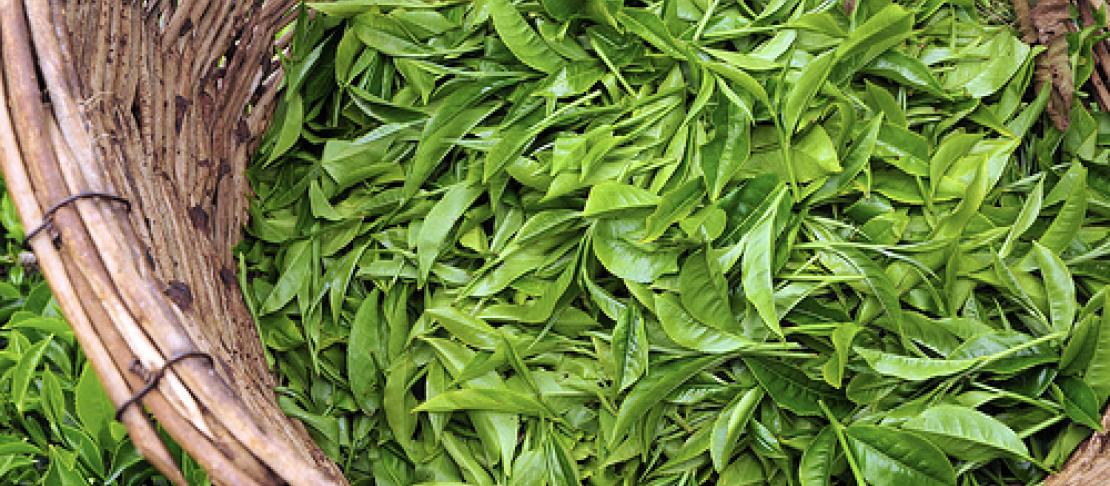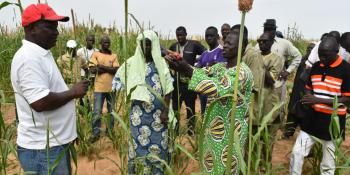Ugandan tea production under pressure

by Cecilia Schubert
An average temperatures rise by 2.3 degrees Celsius by 2050 could potentially wipe out Uganda's most profitable tea producing areas, with severe losses in productivity already apparent by 2020. This was revealed in the new report Future Climate Scenarios for Uganda's Tea Growing Areas (PDF) produced by researchers from the International Center for Tropical Agriculture (CIAT) in Colombia. The alarming scenarios - decreasing yields and a more favorable environment for pests and diseases - indicate that Uganda’s tea producers need to take firm action to adapt and mitigate to the upcoming changes in climate.
The multi-million dollar Ugandan tea industry currently employs 60,000 small farmers and supports the livelihoods of up to half a million people. It is also known for producing the highest quality teas in the world. This means that the reduction in tea suitability for some areas will have a major impact on the country's economy. The Café direct Producers' Foundation, commissioners of the study together with the German Society for International Cooperation (GIZ), have therefore already met with farmer groups from Uganda and Kenya to discuss the implications of the new findings. The Producers' Foundation has also introduced more resilient tea varieties and helped with improving on-farm practices and encouraged the farmers to come up with their own, locally appropriate, adaptation and mitigation methods, such as reforest hillsides and protect water sources. This gives farmers an alternative source of income as well as food, and helps improve energy efficiency both on-farm and in tea processing factories. Creating an alternative income that is productive is also an important tool to reduce environmental degradation. Since suitability for tea production will be switched to higher altitudes with cooler climate, there is a theoretical risk that protected forests and nature areas will be cleared up to make space for the tea industry. A lucrative alternative source will thus help spread the risks associated with tea production. The farmer’s have noticed a change in the weather and rainfalls in the last few year, and now they have the science to understand the whole picture and the potential to take action.
Read the press release for the new report here.


